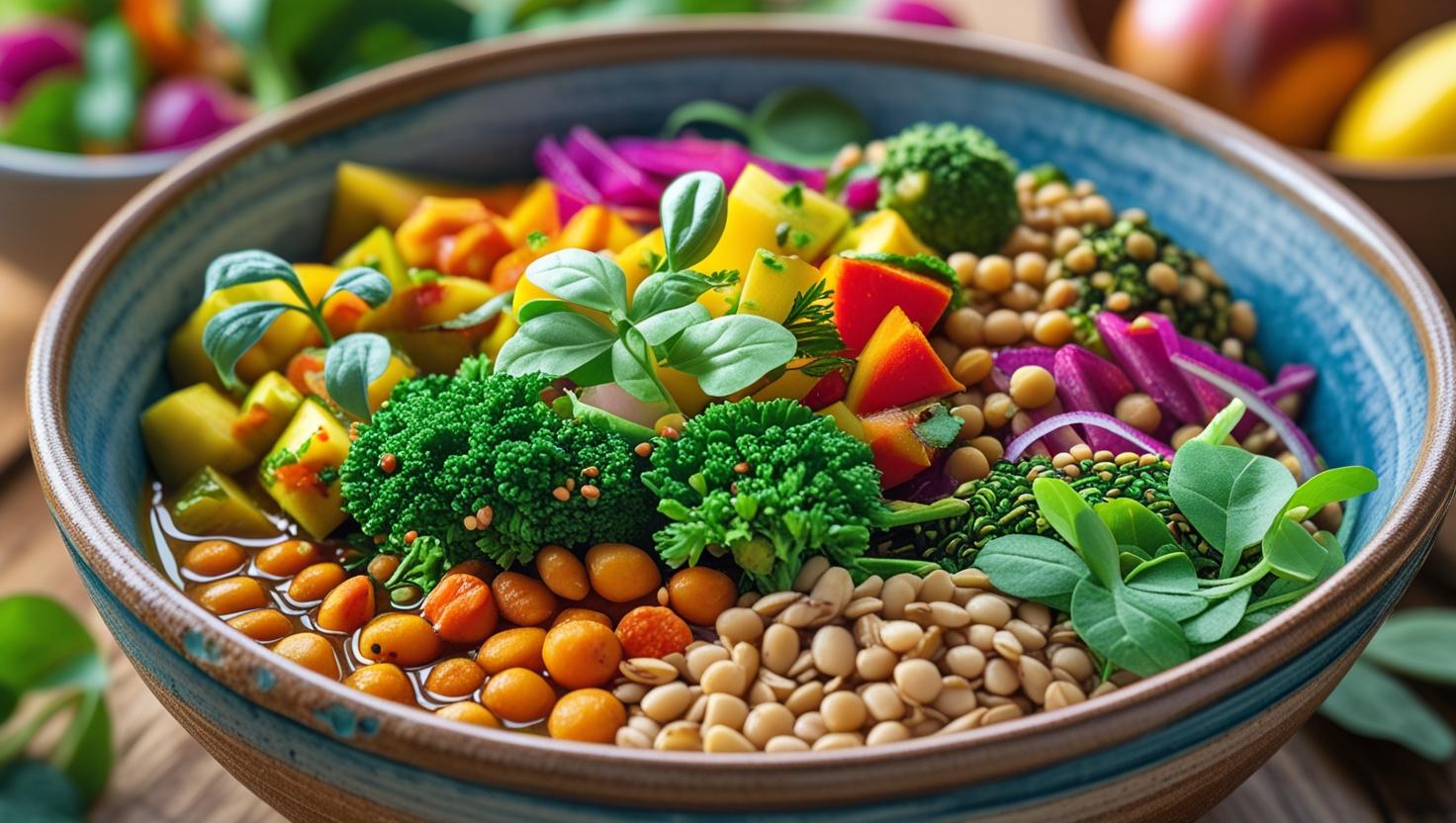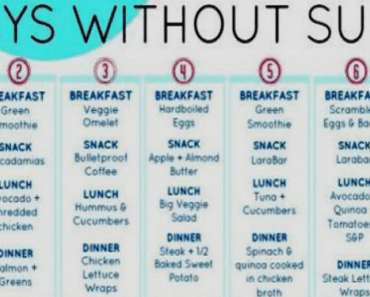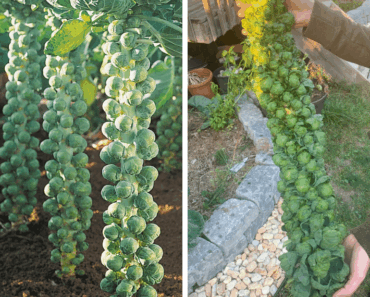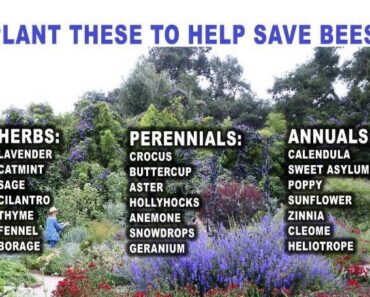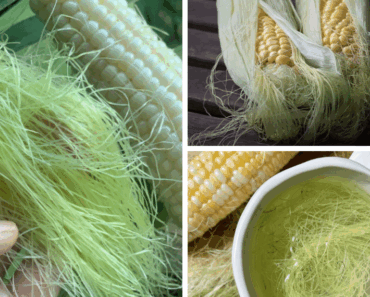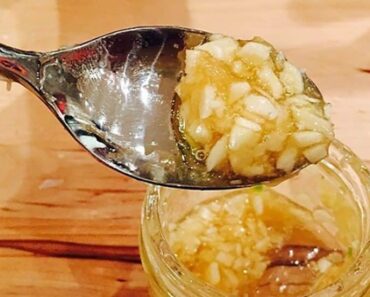Transitioning to a plant-based diet can transform your health, boost energy, and positively impact the environment. If you’re wondering how to start a plant-based diet, this comprehensive guide will walk you through essential tips for beginners, highlight the main benefits, and answer common questions to set you up for lasting success.
What Is a Plant-Based Diet?
A plant-based diet focuses on consuming whole or minimally processed foods that come from plants. This includes fruits, vegetables, whole grains, legumes, nuts, seeds, and plant-based oils. While some plant-based eaters exclude all animal products (vegan), others allow occasional or minimal animal-derived ingredients (vegetarian or flexitarian)123.
Benefits of Plant-Based Eating
-
Improved heart health: Plant-based diets are linked to a lower risk of heart disease and high blood pressure.
-
Weight management: Plants are naturally lower in calories, which may help with healthy weight loss and maintenance.
-
Diabetes prevention: Reducing animal products and focusing on plant foods can lower the risk of developing type 2 diabetes.
-
Reduced inflammation: Many plant foods are rich in antioxidants and compounds that fight inflammation.
-
Environmental impact: Choosing plants over animal products reduces your carbon footprint and helps conserve natural resources234.
Step-by-Step Tips for Starting a Plant-Based Diet
1. Start Slow and Set Realistic Goals
You don’t need to overhaul your entire diet overnight. Begin by dedicating one meal or day per week to plant-based eating—think “Meatless Mondays”—and gradually increase frequency as you gain comfort43.
2. Fill Half Your Plate with Vegetables
At each lunch and dinner, aim to fill at least half your plate with colorful vegetables. Not only will this boost fiber and vitamins, but it also helps keep meals satisfying13.
3. Prioritize Whole Foods
Focus on whole grains (quinoa, brown rice, oats), legumes (beans, lentils, chickpeas), fruits, nuts, and seeds. Limit highly processed meat alternatives and packaged foods for best results24.
4. Experiment with New Recipes
Try plant-based versions of your favorite dishes or explore new flavors and cuisines. There are countless online resources and cookbooks specifically for plant-based beginners. Look for recipes based on beans, whole grains, and vegetables for easy, delicious starters3.
5. Plan Meals & Stock Up on Staples
Keeping healthy staples on hand makes plant-based eating more convenient. Some essentials include:
-
Dried or canned beans and lentils
-
Quinoa, brown rice, whole-wheat pasta
-
Oats, whole-grain bread
-
Fresh, frozen, and canned vegetables and fruits
-
Nuts, nut butters, seeds
-
Plant-based milk alternatives (soy, almond, oat)
Planning meals in advance and prepping ingredients can save time and increase your chances of staying on track45.
6. Don’t Fear Healthy Fats
Healthy fats from nuts, seeds, avocados, and olive oil support energy and satiety. They’re essential for nutrient absorption and contribute to heart health12.
7. Make Vegetables the Star
Move away from viewing meat as the main course. Instead, create meals centered on vegetables, beans, grains, and plant proteins. For example, try a veggie stir-fry, grain bowl, or hearty salads topped with chickpeas or tofu15.
8. Enjoy Fruit for Dessert
Swap refined sugary treats for fresh fruit. Watermelon, peaches, apples, or mangoes can help satisfy sweet cravings while providing fiber, vitamins, and antioxidants15.
9. Read Nutrition Labels
As plant-based products become more popular, not all options are created equal. Check for added sugars, sodium, and saturated fats—choose minimally processed foods whenever possible24.
10. Supplement Wisely
If you’re strictly vegan, ensure you get enough vitamin B12, vitamin D, and omega-3 fatty acids. Consider fortified plant milks, nutritional yeast, or supplements as necessary56.
Common Mistakes to Avoid
| Mistake | Tip to Overcome |
|---|---|
| Relying on processed foods | Choose whole or minimally processed plant foods4 |
| Skipping protein sources | Include beans, lentils, tofu, tempeh, nuts35 |
| Ignoring nutrients | Monitor vitamins B12, D, and calcium56 |
| Not planning meals | Meal prep and keep basics stocked45 |
| Making abrupt changes | Transition gradually for lasting habits43 |
Frequently Asked Questions
What foods are included in a plant-based diet?
-
Fruits and vegetables
-
Whole grains (brown rice, oats, barley)
-
Legumes (beans, lentils, chickpeas)
-
Nuts and seeds (walnuts, almonds, flaxseeds)
-
Plant-based oils (olive, canola)
-
Optional: Moderate use of tofu, tempeh, plant milks
How do I get enough protein?
Plant sources like beans, lentils, chickpeas, tofu, tempeh, quinoa, and nuts offer ample protein. Vary your choices throughout the week to get all essential amino acids36.
Will I need to take supplements?
If you avoid all animal products, supplement with vitamin B12. Some may also need vitamin D, omega-3s, zinc, or iron. Talk to a healthcare professional and consider fortified foods6.
Is a plant-based diet expensive?
While specialty meat substitutes and organic produce can be costly, basics like grains, beans, and seasonal vegetables are often budget-friendly. Buying in bulk and planning meals cuts costs27.
Final Thoughts
Starting a plant-based diet is less about strict rules and more about exploring flavorful, nutrient-rich foods that nourish your body and support long-term health. Remember:
-
Begin at your own pace.
-
Explore new vegetables, grains, and legumes.
-
Plan meals and stock up on essentials.
-
Don’t be discouraged by setbacks—progress is more important than perfection.
Prioritize whole, colorful foods from plants, stay consistent, and enjoy the variety and benefits this lifestyle offers1234.
SEO tips: For maximum search visibility, use keywords such as “how to start a plant-based diet,” “plant-based diet tips for beginners,” “plant-based meal planning,” and “health benefits of a plant-based diet” throughout your article. Interlink to beginner recipes, plant-based grocery lists, and related nutrition guides for further value.
- https://www.health.harvard.edu/blog/what-is-a-plant-based-diet-and-why-should-you-try-it-2018092614760
- https://shop.forksoverknives.com/pages/beginner-guide
- https://mcpress.mayoclinic.org/nutrition-fitness/steps-to-start-eating-plant-based/
- https://healthcare.utah.edu/healthfeed/2022/11/dos-and-donts-of-starting-plant-based-diet
- https://www.webmd.com/diet/plant-based-diet
- https://www.businessinsider.com/guides/health/diet-nutrition/plant-based-diet
- https://simple-veganista.com/guide-to-a-plant-based-diet/
- https://www.eatingwell.com/article/7775696/plant-based-diet-for-beginners-your-guide-to-getting-started/
- https://thehumaneleague.org/article/plant-based-diet-for-beginners
- https://www.nm.org/healthbeat/healthy-tips/nutrition/Is-a-Plant-Based-Diet-Right-for-You
- https://www.healthline.com/nutrition/plant-based-diet-guide
- https://www.downstate.edu/about/community-impact/plant-based/guide.html
- https://www.mdanderson.org/publications/focused-on-health/5-benefits-of-a-plant-based-diet.h20-1592991.html
- https://www.nationaljewish.org/education/health-information/infographics/a-beginners-guide-to-a-plant-based-diet
- https://www.kidney.org/kidney-topics/beginner-s-guide-to-starting-plant-based-diet-when-you-have-kidney-disease
- https://www.heart.org/en/healthy-living/healthy-eating/eat-smart/nutrition-basics/how-does-plant-forward-eating-benefit-your-health
- https://hopkinsdiabetesinfo.org/getting-started-on-a-plant-based-diet/
- https://www.scripps.org/news_items/6552-a-beginner-s-guide-to-plant-based-diets
- https://lifestylemedicine.org/articles/benefits-plant-based-nutrition-longevity/
- https://www.nhs.uk/live-well/eat-well/how-to-eat-a-balanced-diet/the-vegan-diet/

